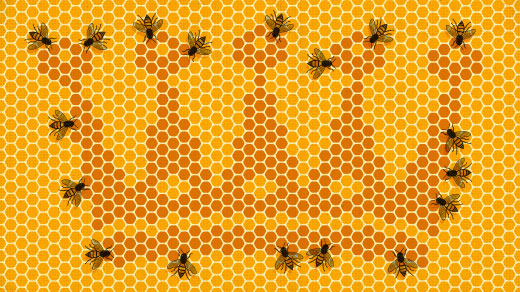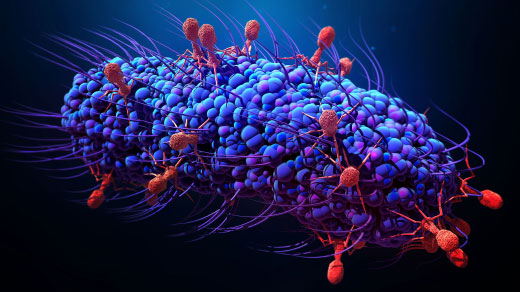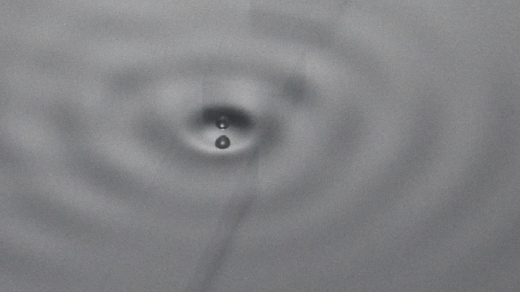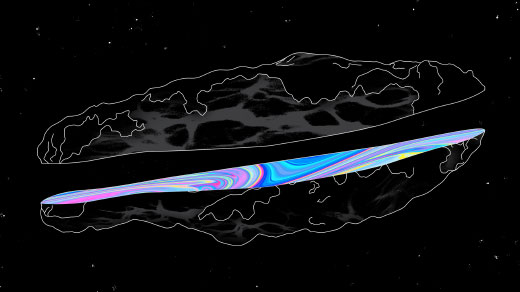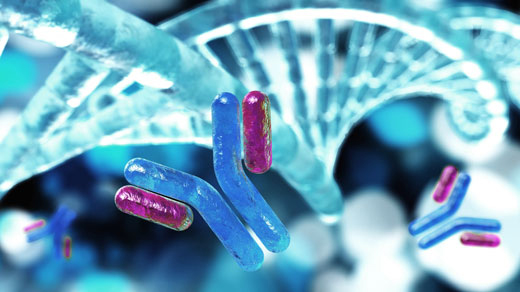Archive
Latest Articles
How Equality and Inequality Shape the Birds and the Bees
Two dynamic, seemingly opposing forces likely played an important role in the evolution of reproduction and child rearing in social animals like bees and humans.
‘Broadband’ Networks of Viruses May Help Bacteria Evolve Faster
A newly discovered mechanism may enable viruses to shuttle genes between bacteria 1,000 times as often as was thought — making them a major force in those cells’ evolution.
In the Ticking of the Embryonic Clock, She Finds Answers
Renee Reijo Pera has spent decades uncovering how the timing of embryonic development contributes to health and disease.
Famous Experiment Dooms Alternative to Quantum Weirdness
Oil droplets guided by “pilot waves” have failed to reproduce the results of the quantum double-slit experiment, crushing a century-old dream that there exists a single, concrete reality.
Interstellar Visitor Found to Be Unlike a Comet or an Asteroid
The mystery of ’Oumuamua, the first interstellar object ever observed, continues to deepen.
Forests Emerge as a Major Overlooked Climate Factor
New work at the intersection of atmospheric science and ecology is finding that forests can influence rainfall and climate from across a continent.
Graduate Student Solves Quantum Verification Problem
Urmila Mahadev spent eight years in graduate school solving one of the most basic questions in quantum computation: How do you know whether a quantum computer has done anything quantum at all?
Planets Found to Be Larger Than the Disks They Come From
The new finding is challenging established theories of how planets come to be.
Three Biochemists Win Chemistry Nobel for Directing Evolution
By using the power of evolution to solve practical problems, three researchers opened new avenues to chemical discovery.
